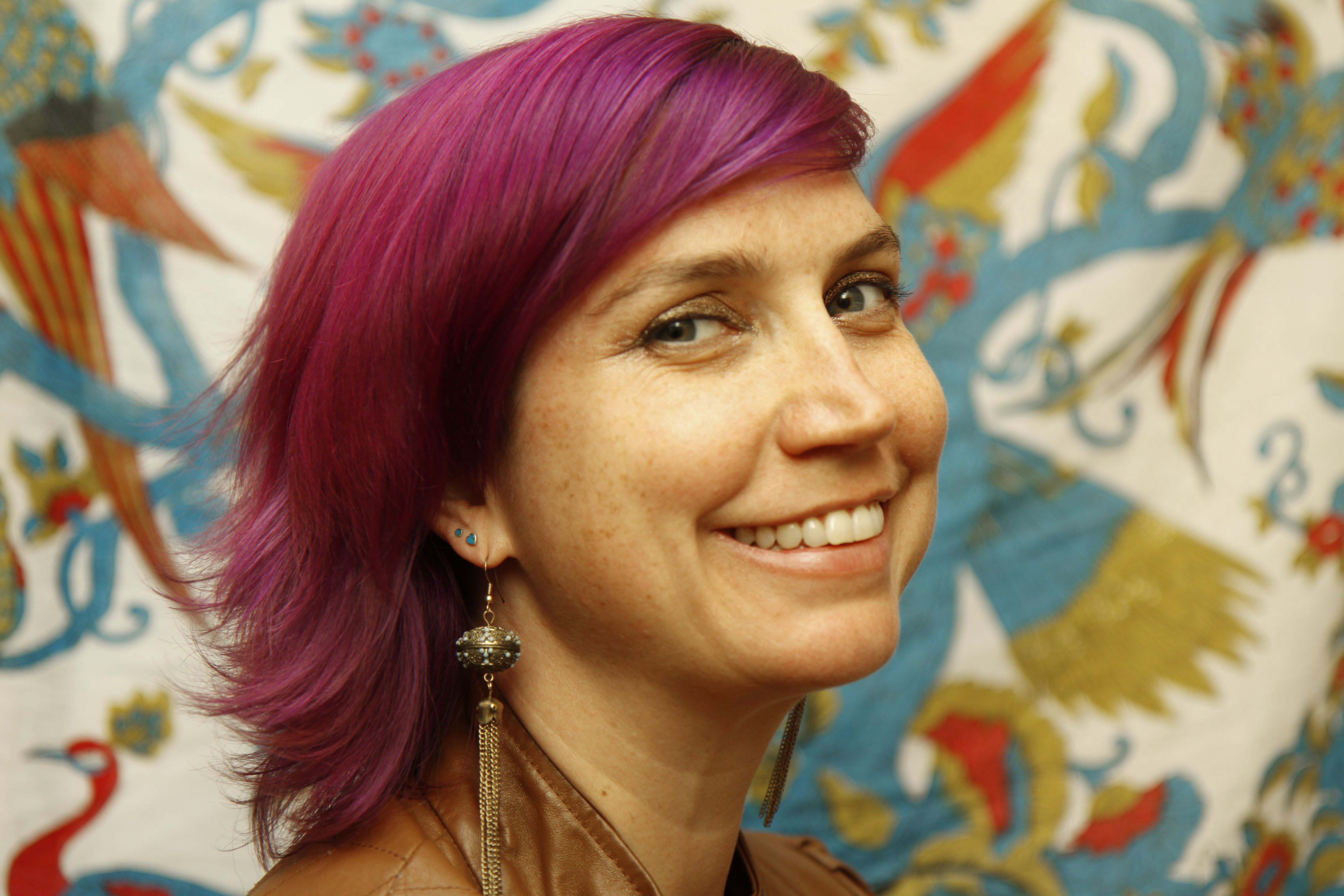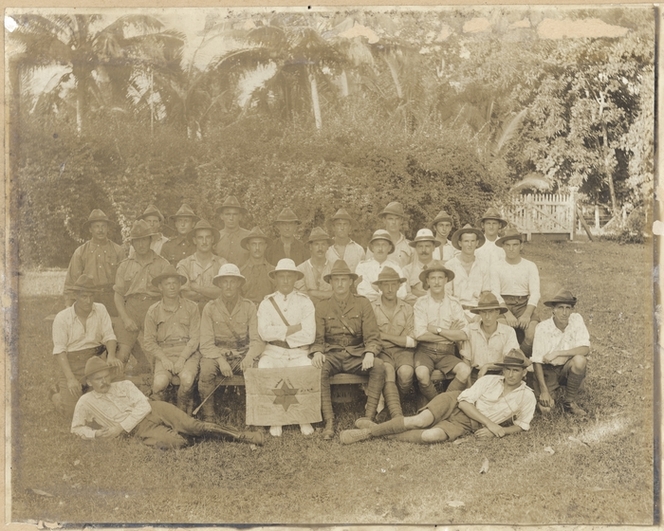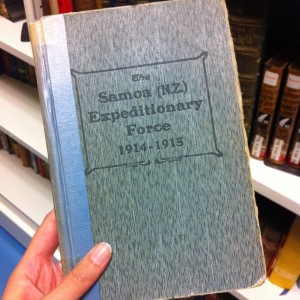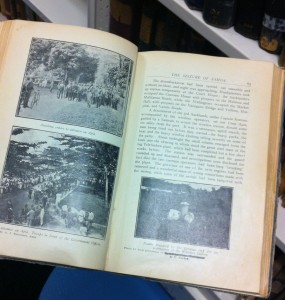Nanowrimo is almost over and the last stretch might be a bit of a struggle. Here is a very inspiring interview with a published Nanowrimo writer Randi Janelle that should keep you going until you have hit the 50,000 word mark! And for all those who have been wondering about Nanowrimo, read on!
Hello Randi, can you tell us a bit about you and what brought you to New Zealand?
I came to NZ from Australia, as a friend lives in Sydney and told me about the Working Holiday. Before that, I was unaware of the opportunity for Americans to take that sort of “gap” year. What I initially thought would be five months in Sydney, became a year there and two and a half in Wellington!
Where do you live now?
Asheville, North Carolina.
Did you take part in Nanowrimo when you were in New Zealand?
Yes, albeit briefly. Ever since I did Nanowrimo the first time in 2009, November became a mental marker to get back to the book, even if I couldn’t go the distance to complete the challenge.
Did you take part only once or did you have a go several times?
A few times. My first was in Asheville, in 2009, and I got the idea for my book series, which was meant to be a “break” from the book I had been writing ever since university. That “break” became 64,000 words for Nanowrimo, a single book into a trilogy, and six years to complete the first book! I won again in 2010 and 2011, but just. Nothing like that first spill of ideas for the original draft!
How was your experience of writing 50,000 words in 1 month? Was it difficult?
Yes and no. The first time, the momentum of the new story propelled me to write lots with ease. The subsequent Nanowrimos were more disjointed, as I was changing the story, wanting to do research, and so I left the holes be as they were for later and tried to focus on new content. It took more brain-wrangling to weave the writing into an increasingly complicated plot and number of characters than pure imagination for a first draft.
It also takes time and dedication. I never found the story itself to be difficult, at times challenging, but not difficult. The getting my butt in the chair to write for long enough to put down 50,000 words…now that’s a task!
Were you tempted to give up?
Oh, yes. Hopefully this reaches you when you’re in that last stretch. Keep going! The beauty of Nanowrimo is that the writing doesn’t have to be gold. Let it be bad, or drivel, or something you may later cut. Just get words down. I’m a firm believer that the story’s there, you just have to relax and bring yourself to the writing mechanism. Give yourself enough time to warm up as well, even if it’s a character sketch, or a journal entry to the character, scene, etc. Then it lifts the pressure of picking up the story perfectly, and I find I have more longevity after this process.
Did it help you in your writing life?
Most certainly! It helped to gag and bind the critic while in those glorious (if not, tender) drafting stages! I’m also a performance poet, and writing first draft of poems became easier, especially on tight deadlines. All it takes is the time to sit down, and trusting the creative process.
Did you meet with other Nanowrimo participants while you were writing? If not, was it a choice (i.e. you prefer to work alone) or did you not have the opportunity/time?
Yes, I had a wonderfully supportive group that first Nanowrimo in Asheville. I did meet a few people at write-ins in Sydney, but I went when I was feeling social, as by that time I had to stay truly focused to manipulate the story the way it deserved. Doing social events can be awesome when you’re starting and you need others to remind you why you’ve bitten off such a task! But I think it’s okay, too, to take time to work it by yourself in whatever peace and quiet you can muster. Everyone has a different style, and I say work with what supports you and your writing the most.
We have dedicated spaces in the Central Library these days to welcome Nanowrimo writers during the month of November. Would that have been helpful?
I believe I took advantage of this once or twice! It would’ve been 2012 perhaps? Again, it was near the beginning of the challenge and I sat down to look at a jumble of notes, and perhaps utilize the library for some good research books. I didn’t complete the challenge that year, but I added to the manuscript and used the time to ensure I didn’t give up on the book!
These spaces are immensely helpful, because there are times you cannot get a lot down at home. There are always distractions that divide your time. I liked to split my writing time between going out and/or joining write-ins and getting it done when I could at home (weekends, lunch breaks, etc).
You have just published a book.
Yes!
Is this the result of Nanowrimo?
Oh, yeah. Like I said the book was first written during Nanowrimo, and before this last year, most of my word count came from pushing myself to add to the book during Novembers. Nanowrimo is spectacular for getting those first drafts down, but it’s also good to prompt us to keep writing when busy life picks up again. November still prods me, but considering my book came out October 31, I think this November deserved a break!
What is it called? Can you tell us a bit about it? How long did it take you to write it?
It is called The Story: Deviation. I pose the question: what would you do if you were transported to a time and space where you had to learn someone’s story outside his or her stereotypes? I do this with high school kids on a bus, with elements of New Orleans Voodoo and other cultural fascinations.
It took six years to write. Considering the scope of the work, I had to spend the past ten months really dedicated to splitting the one book into three. I wrote pretty much full time and had to create new content for about half of the first book. It will be a similar process for the second book, and the third book will be all new!
What is it about?
Here is the blurb! “When Dan encounters The Anger, he supplements his day job as a high school math teacher with writing a novel. The Anger, a product of feeling enslaved to his job, recedes as the inspiration for his story emerges, but little does he know.
He’s not in control. Neither are his characters.
This rich and complex novel, populated with intriguing characters of differing nationalities and beliefs and orientations, takes the reader deep into the world of “What if?”
What if you were transported to a time and space to learn the story of a person outside his or her stereotypes?
If you had to relive a series of moments, would you continue in habitual patterns, or would you deviate from them?
Who’s is in control? Are you?”
Where can we read it?
It will soon be available from Wellington City Libraries. Keep an eye out.
What have you learnt from being a Nanowrimo?
That I can do it! Repeatedly! I really do work well with a challenge. Writing is a long, and sometimes very lonely process. You know the excitement, scope, and depth of the story, but it takes a while and serious dedication to get that story out in book format. Having the Nanowrimo support and community is immensely helpful. And keep with it. If you feel strongly about your story, then find a writing group, continue with Nanowrimo’s challenges beyond November and keep with it. The reward is not just having the book out and being read, but the process. Enjoy the process; it’s thrilling!
How does it feel to be published?
Incredible. It’s been a dream from the time I was ten. It feels like destiny realized.
I also loved very much living in Wellington and left a few amazing communities there. They have been supportive still, even after being gone almost a year and a half. I left largely because I knew I needed to finish this book(s) and it would be easier for me to do it back in the States. So I have much gratitude to those Kiwis and Wellingtonians who understand why I chose that transition. I can’t wait to return for a book tour/visiting friends!
Thank you so much for answering these questions and all the best!
You’re very welcome. Thank you! Enjoy your surroundings of words…










